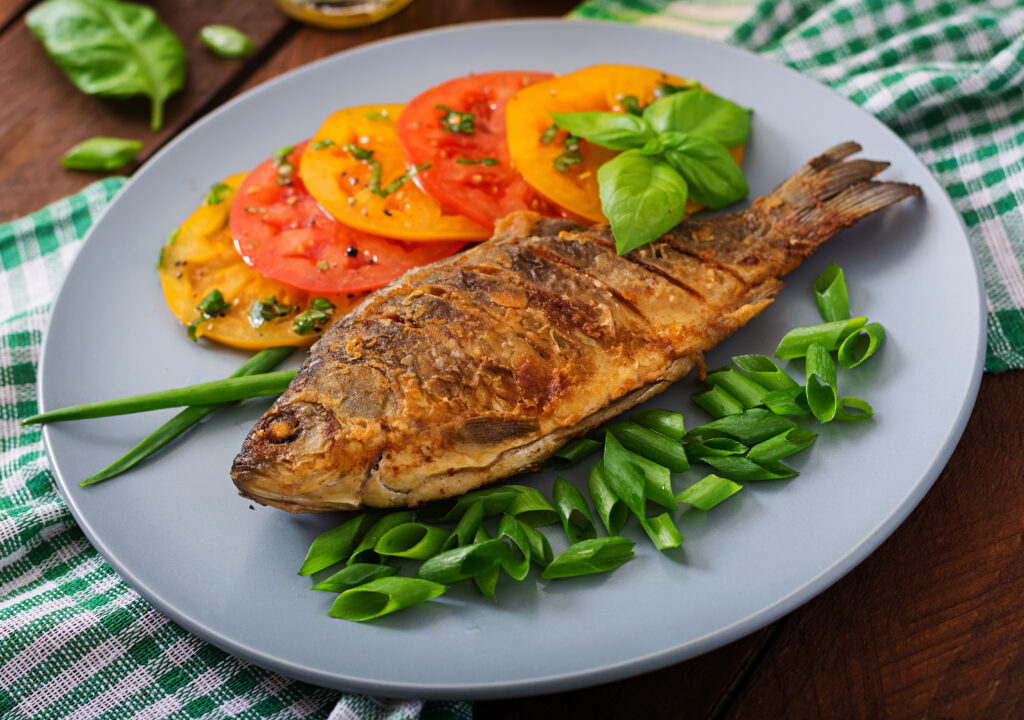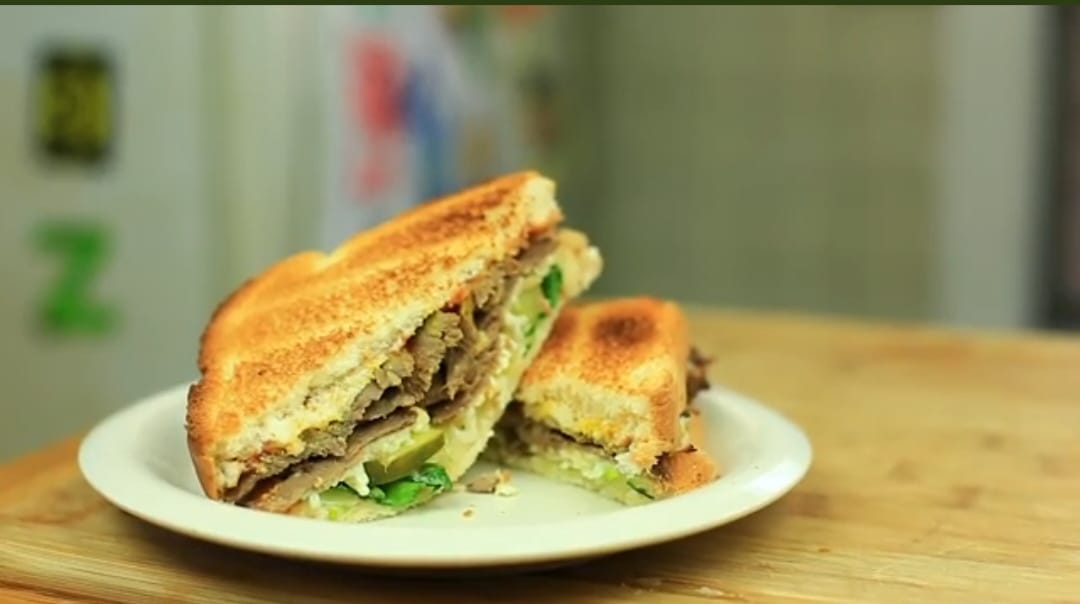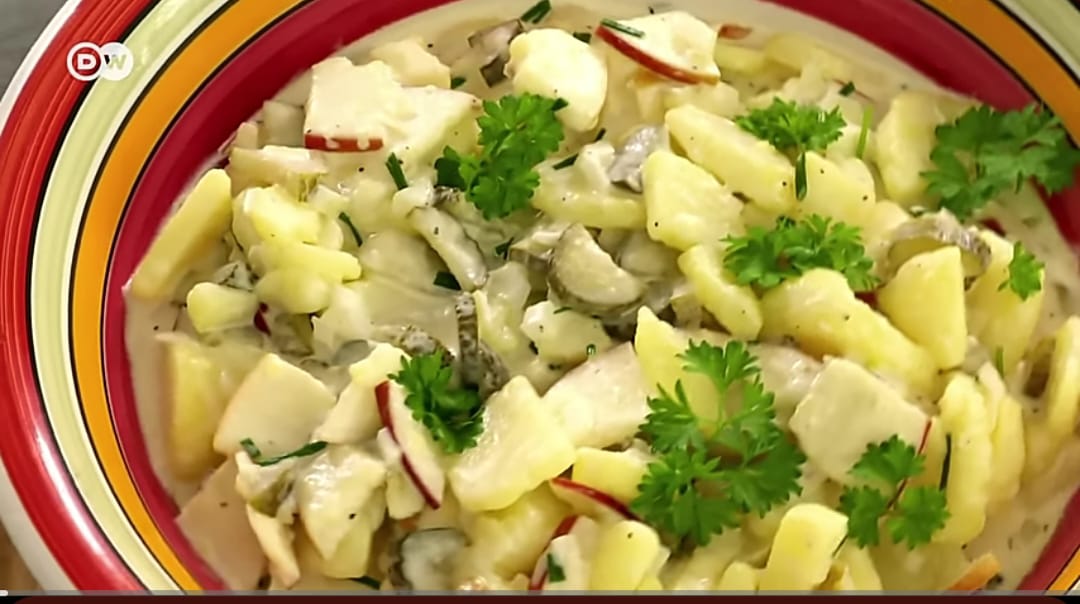Introduction:
Fish fried to achieve the perfect balance between a crispy exterior and a soft, juicy interior can seem like a daunting task, but it doesn’t have to be. Many home cooks struggle with overcooking fish or ending up with a wet, greasy crust. The good news is that mastering the art of frying fish is easier than you think, with just a few simple techniques.
Table of Contents
Step By Step Instructions For Fried Fish
1.Choosing the Right Fish Fried:
Best Fish for Frying: Not all fish are fried well. List and describe the best types, like cod, haddock, or catfish. Explain that these varieties have firm, flaky textures that hold up well during frying and don’t fall apart in the oil.
Fresh vs. Frozen: Explain the differences between using fresh and frozen fish. Fresh fish tends to fry better, but frozen fish can be convenient if thawed properly. Teach readers how to thaw fish correctly to avoid excess moisture, which can lead to soggy results.
Fish Thickness Matters: Discuss why the thickness of the fillet is important—thicker cuts need more frying time and are more forgiving, while thinner cuts require careful attention to avoid overcooking. Include tips on adjusting frying time based on thickness.

Nutrition Facts
| Author Name: Adil Nadeem | Ingredients |
| Salt | 1 cup all-purpose flour |
| Vegetable oil | 1 cup milk |
| Garlic powder Yellow cornmeal | ½ cup water ¼ teaspoon baking powder |
Ingredients for serving (optional)
- Hot sauce
- Malt vinegar
- lemon wedges
2. Preparing the Fish Fried
Proper Cleaning and Drying: Before frying, it’s essential to properly clean and dry the fish. Excess moisture can cause the oil to splatter and make the fish soggy. Advise readers to pat the fillets dry with paper towels.
Seasoning: Introduce the concept of seasoning the fish lightly before frying. Salt, pepper, and sometimes herbs or spices (like paprika or garlic powder) can enhance the flavor. Explain that seasoning before coating helps infuse the fish with flavor.
Coating Options: Describe different coating techniques. For example:
Batter: A wet mixture that creates a thick, crunchy exterior.
Breadcrumbs: Give the fish a lighter, crisper crust.
Flour: A simple, thin coating that offers a delicate crunch. Discuss how each type of coating affects the texture and flavor of the fish.
3. The Perfect Frying Technique
Choosing the Right Oil: Not all oils are suitable for frying. I suggest using high-smoking-point oils, such as canola, peanut, or vegetable oil. Explain how these oils handle high temperatures without burning, ensuring the fish fries evenly.
Optimal Oil Temperature: Teach readers about the importance of maintaining the right oil temperature (350-375°F). If the oil is too cold, the fish absorbs too much oil, becoming greasy. If it’s too hot, the exterior burns before the inside cooks.
Frying Time and Method: Offer guidance on frying time. Typically, fish fillets take about 3-4 minutes per side. Give tips on how to know when to flip the fish (when it’s golden brown on the bottom). Advise using a thermometer or visual cues to check for doneness without overcooking.
Avoiding Common Mistakes: List common mistakes, such as overcrowding the pan (which lowers oil temperature) or not monitoring oil temperature carefully. Provide solutions to avoid these pitfalls.

How to Achieve the Perfect Crunch
The Role of Temperature: Explain how maintaining the right frying temperature ensures a crispy crust without drying out the fish. Hot oil locks in moisture by quickly crisping the exterior.
Drain and Rest: After frying, fish fried should rest on a wire rack rather than on paper towels. Paper towels can trap steam and make the fish soggy. A wire rack allows excess oil to drain while keeping the crust crisp.
Finishing Touch: Suggest a simple but effective finishing touch—sprinkling the fish fried with a pinch of salt immediately after frying. The heat of the fish helps the salt stick and enhances the flavor.
Serving Suggestions
Side Dishes that Complement Fried Fish: Recommend classic side dishes that pair well with fish fried, such as French fries, coleslaw, or roasted vegetables. These sides balance out the richness of the fried fish and complete the meal.
Tasty Sauces and Dips: Share recipes or ideas for dipping sauces like tartar sauce, lemon garlic aioli, or spicy remoulade. These add flavor variety and complement the crispy fish texture.
Presentation Tips: Offer tips on how to plate and serve fried fish for maximum appeal. For instance, garnish with fresh herbs like parsley or dill, and add lemon wedges for a fresh, zesty contrast to the fish fried .

2. Troubleshooting Common Issues
Why Isn’t My Fish Crispy?
Provide solutions to common frying problems. For example, if the fish isn’t crispy, the oil might have been too cold, or the coating was too thick. Suggest ways to correct this in future attempts.
What to Do If Your Fish Is Soggy
Offer advice on how to rescue soggy fish fried (such as by briefly reheating it in the oven or air fryer) and discuss ways to prevent sogginess in the first place (like drying the fish properly and maintaining oil temperature).
FAQs For Fried Fish
Is fried fish reheatable?
Yes, indeed! I recommend warming it in the oven for the best results. To thoroughly reheat the salmon, place it on a baking pan and bake it at 275°F for 15 to 20 minutes.
Is it possible to freeze fish fried?
Yes, indeed! When the fish is fully cold after frying, move it to a freezer-safe container. Utilize in a month.
How many pounds of fish are cooked for each person?
Each individual should have between half and one pound of fish.
When is the fish done to fry?
When cooked, fish will flake easily and lose its raw, transparent look. The best method to determine whether your fish is done is to test it at the thickest spot, at an angle, and gently twist it with a fork. Fish should be cooked through, with an internal temperature between 140 and 145 degrees.









